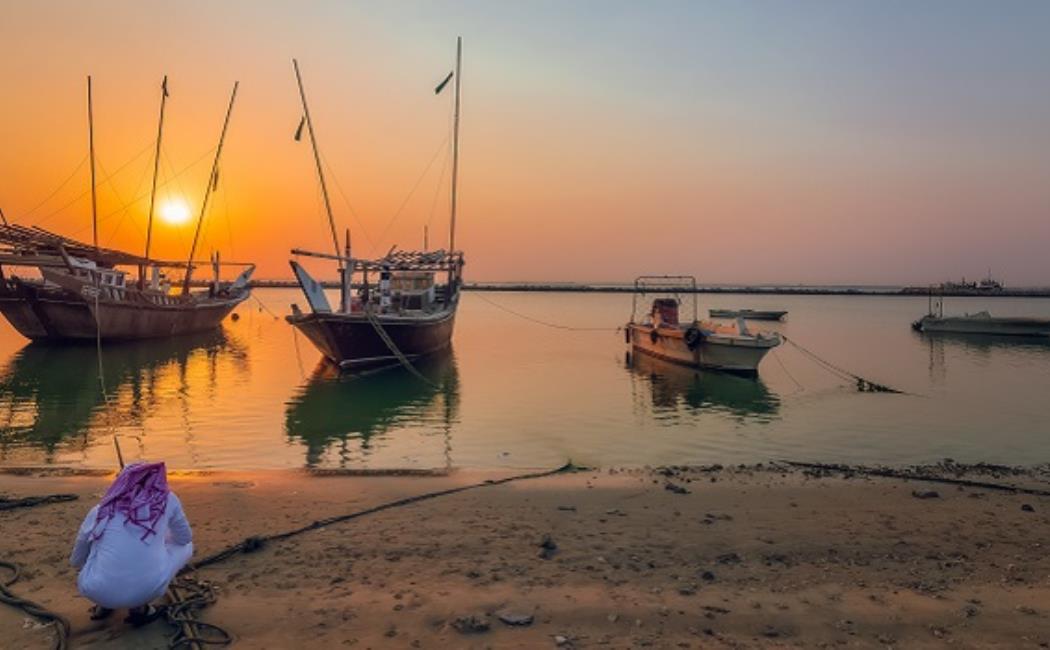Satellite images reveal that the timing of algal blooms in the Red Sea may affect the next haul of sardines and squid by commercial fisheries.
Rising temperatures in the Red Sea have changed the timing of phytoplankton blooms. These microscopic algae form the base of many marine food webs and so are critical to ocean biodiversity and the industries that they support on land, such as fisheries and tourism.
A team led by KAUST climate modeler Ibrahim Hoteit has used satellite images to study the phenology of algal blooms in the northern Red Sea and their impact on fish catches. Phenology is the study of key stages in a species' lifecycle, such as when a seed sprouts or a bird migrates. Many phenological events are seasonal and can reveal a lot about the sensitivity of an ecosystem to environmental change. “We suspected that the timing of large phytoplankton blooms could impact fish further up the food chain, including those vital to fisheries,” says Hoteit.
Using ocean color images taken weekly between 1997 and 2018, the team estimated chlorophyll-a concentrations — a proxy for phytoplankton biomass. A model developed by lead author John Gittings was used to calculate the biomass of phytoplankton larger than two micrometers, such as diatoms, as these support food chains important to commercial fisheries. Gittings’ model assumes that smaller phytoplankton do not grow beyond a specific chlorophyll-a concentration, so any extra chlorophyll-a in the system is due to large phytoplankton.
The data revealed that annual winter blooms lasted longer between 2002 and 2008 due to El Niño monsoon winds driving nutrient-rich waters into the Red Sea from the Indian Ocean. However, the 2002-2003 bloom lasted 11 weeks longer than average, suggesting some additional factor. Observations of sea surface height revealed two large eddies in the northern and central Red Sea at the start of this big bloom, which could have caused an upwelling of cold nutrient-rich waters.
The team then gathered fisheries catch data for several species of sardines and squid and found that prolonged algal blooms led to larger catches the following year. This was particularly evident in the bumper catch reported the year after the 2002-2003 bloom event. “We were surprised by the strength of the link,” says Gittings. “It provides compelling evidence that anomalous changes in the timing of food availability may directly impact the success of species higher up the marine food chain.”
Gittings plans to develop a model that can distinguish between different sized phytoplankton and use high-resolution images from next-generation satellite sensors to create a richer picture of phytoplankton communities in the Red Sea.
“Satellite-derived phytoplankton data could serve as an early warning system for fisheries by using changes in bloom timings to predict how next year’s catch may be affected,” suggests Gittings. Such data could help policymakers in Red Sea nations manage this essential ecosystem.
